If you’re new to photography, you’ve probably heard people use the terms f stop and aperture used pretty much interchangeably. You might wonder: Is there a difference between f stop and aperture?
The terms describe the same basic concept, but there are differences between f stop and aperture.
F Stop vs Aperture: What’s the Difference?
In a nutshell, when comparing f stop vs aperture: aperture refers to the physical size of the opening of a lens, that dictates how much light is let in, while f stop refers to the ratio between the size of that opening and the focal length of the lens.
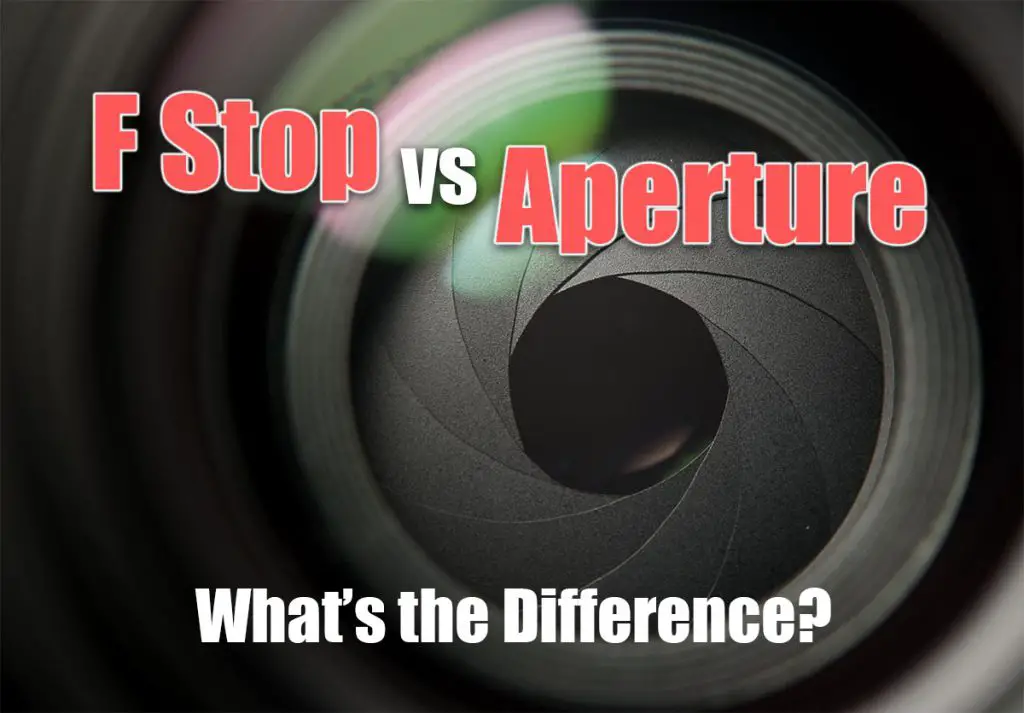
What is an Aperture?
Every lens has the same basic purpose: to gather light. That light is focused and sent out one end of the lens.
The aperture is the opening through which light is focused. Its size affects multiple parts of the lens, but one of the most important is the amount of light the lens can gather.
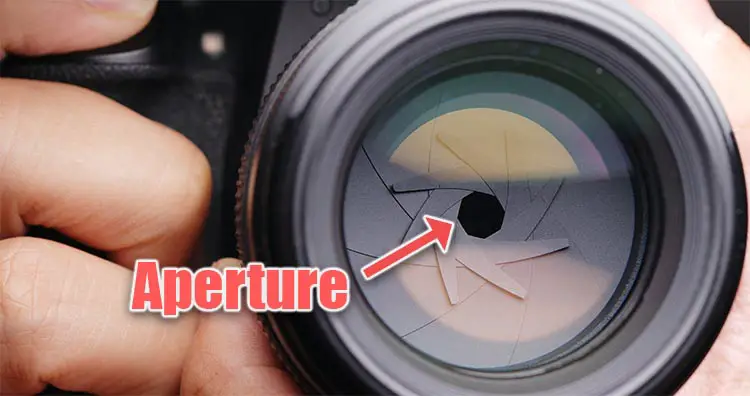
A larger aperture usually means a shallower depth of field for a lens, but this can also be affected by other factors like focal length and distance from the subject.
Lenses with larger maximum apertures are often referred to as “fast”, while those with smaller maximum apertures are “slow”.
The aperture of a lens also affects possible optical aberrations and vignetting, as well as the size and weight.
Apertures in Photographic Lenses
Most lenses for photography have an aperture diaphragm. This is an opening that can be opened or closed to affect the exposure and focus of an image.
Because of this, most lenses have both a maximum aperture and a minimum aperture. Maximum aperture refers to how far the lens can be opened and minimum refers to how much it can be closed.
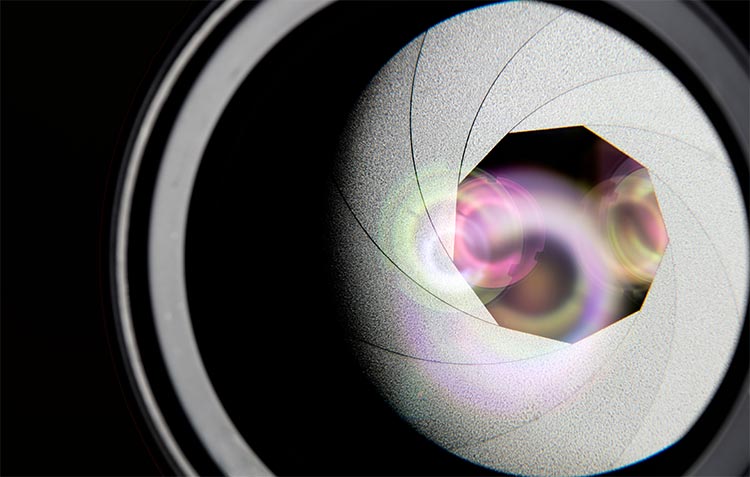
While the maximum and minimum apertures are both a particular diameter, the diameter isn’t how they’re usually referred to.
Instead, photo lenses are almost all marked with an f stop or f number that tells users the aperture.
What is an F Stop?
An f stop or f number, usually written as f/XX refers to the ratio between the focal length of a lens and the size of its aperture. It’s arrived at by dividing the focal length by the aperture size.
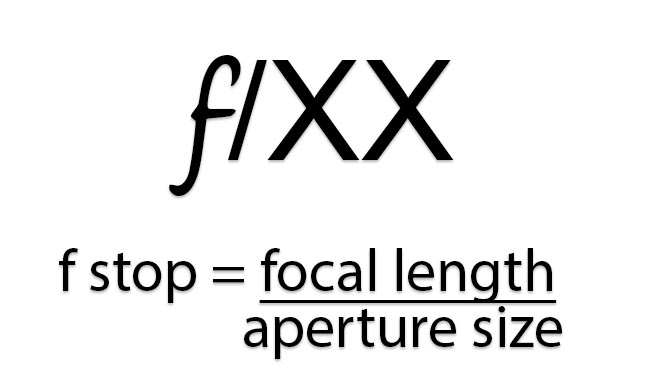
For example, if the focal length is 50mm, and the aperture size is 25mm, the f.stop number is f/2.0. This is because 50mm / 25mm = 2), while a lens with a maximum aperture size of 50 mm would have a maximum f stop of f/1.0.
Most lenses are labeled by their maximum f stop, such as the Voigtlander Nokton 50mm f/1.0 Aspherical MC Lens.
The terminology “stop” refers to the practice of slotting in apertures of different sizes in the early days of photography, and has stuck ’till the present.
Each “stop” refers to a doubling or halving of the light that can pass through the aperture, with the f stop scale explored below. With modern cameras, you can also often adjust aperture in terms of half-stops or one-third-stops.
How F Stops are Used
Because a lens’ maximum f stop shows how much light the lens allows in, it can be used to compare the performance of different lenses. Lenses with an aperture faster than about f/2.8 are generally considered fast in 35mm and digital photography today.
It also means that when everything else is equal, a lens with a faster maximum aperture is usually larger and heavier than a slower lens of the same focal length.
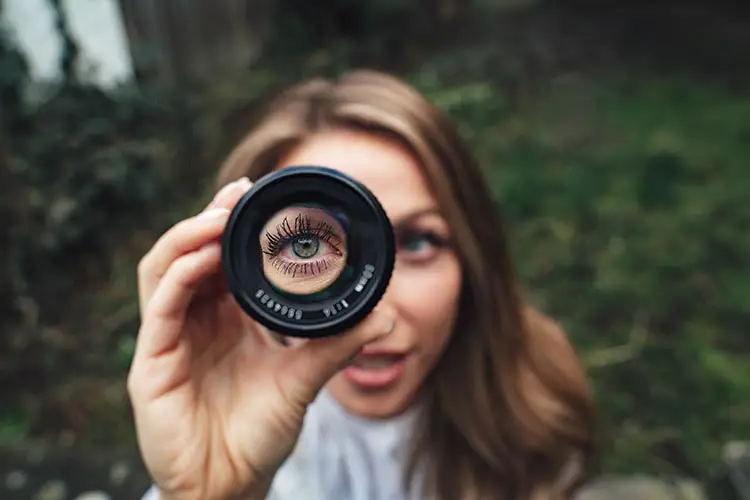
This is much of the reason that slower lenses are often less expensive and lighter than fast ones. For an example, compare the $599 Canon EF 35mm f/2 IS USM lens to the $1,999 Canon EF 35mm f/1.4L II USM lens.
The f/2 lens, in addition to being about ⅓ the price, weighs 11.82 ounces or 335 grams, compared to 1.67 pounds or 760 grams for the f/1.4 lenses.
How F Stops are Measured
Keep in mind that the main thing that aperture and f stop measure is how much light can pass through a lens.
In modern photography, nearly every lens uses the f stop scale. The scale is based on the square root of 2 and is pretty close to geometric, meaning it doubles every other step.
Starting at f/1, the scale moves to f/1.4, then f/2, f/2.8 and so on.
The f stop scale, measured in full stops is:
f/1.0, f/1.4, f/2.0, f/2.8, f/4.0, f/5.6, f/8.0, f/11, f/16, etc
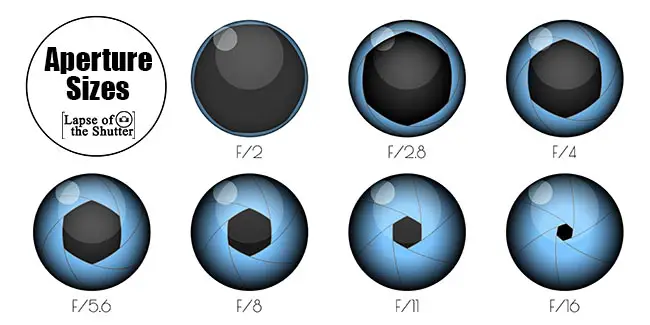
Each step in this diagram is a doubling of light intensity passing through the aperture.
Each stop slower cuts the light transmission in half, so a 50mm f/1.4 lens lets in twice as much light at maximum aperture than when set to f/2.
F Stop Ranges on Lenses
Nearly all modern lens systems have done away with aperture rings on lenses, moving the adjustment to the camera’s knobs and dials. Along with that, most camera lenses now allow you to adjust the f stop in fractional increments, instead of having to move from one f stop to the next whole one.
On a lens with a maximum f stop of f/1.4, you can go to f/1.6 and f/1.8 before f/2, for example. This allows you a much finer way to adjust your exposure and even the depth of field.
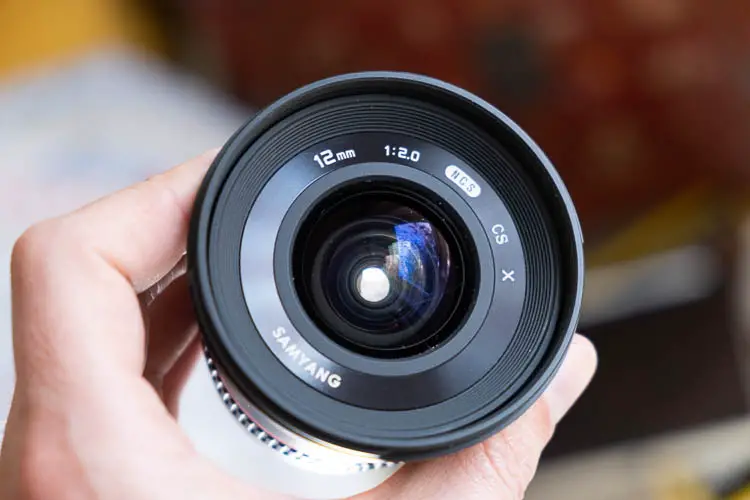
For 35mm and digital photography, the maximum f stop of a lens can vary from f/1 or even faster, while the minimum f stop is usually between f/16 to f/32. Smaller f stops, such as f/32 or even f/64 on some lenses, put more of the image into focus but can lead to diffraction. That’s when the image is distorted by the small size of the aperture.
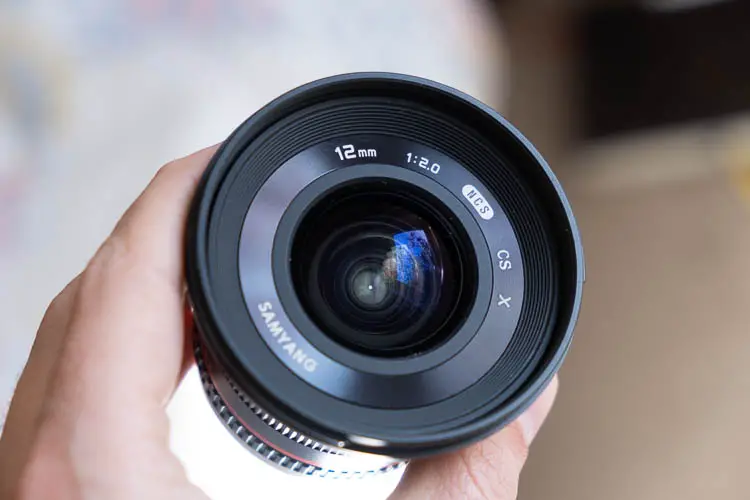
F Stops, Aperture and Zoom Lenses
Many of the most expensive zoom lenses have a constant aperture, meaning their maximum f stop setting is the same throughout their zoom range. Lenses often used by professional photographers, such as the $2,596 Nikon NIKKOR Z 70-200mm f/2.8 VR S lens, is one example.
Others, like the $499 Tamron 70-300mm f/4.5-6.3 Di III RXD lens, available for a variety of mirrorless mounts, have a maximum f stop of f/4.5 at 70mm, while that drops to f/6.3 at 300mm.
The reason for this is straightforward. The maximum size of opening — the aperture — stays the same no matter the focal length.
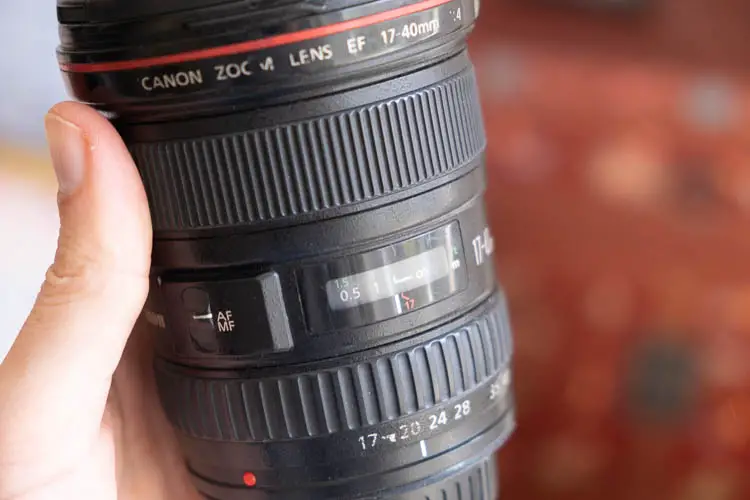
On more expensive lenses, the makers compensate by making the aperture larger for longer focal lengths. They can keep the maximum aperture the same for wider focal lengths by closing the aperture diaphragm slightly.
The tradeoff is a lens that is faster but is also usually larger, heavier, more complex and more expensive.
Read More:

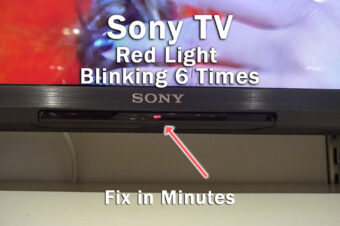



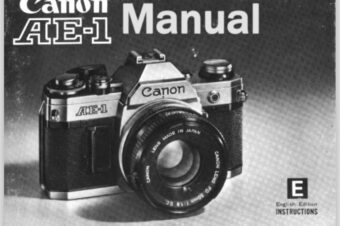
Leave a Reply